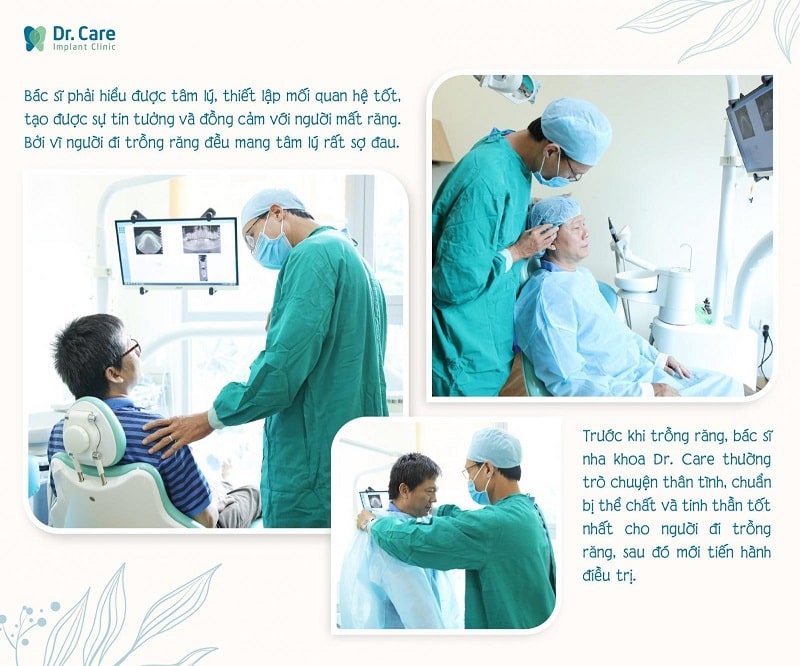Currently, many elderly individuals have experienced long-term tooth loss, and if they delay treatment, it can lead to atrophy of the maxillary sinus, resulting in insufficient space for dental implant placement. Therefore, for these individuals, it is necessary to undergo a sinus lift procedure to create the conditions necessary for implant placement. This article will address questions about the pain associated with sinus lifts for implant placement and the different techniques involved. Let’s dive in!
What is the role of a sinus lift in dental implant placement?
A sinus lift plays a crucial role in the dental implant placement process, especially for older individuals or those who have experienced long-term tooth loss, which can lead to bone resorption. In such cases, the maxillary sinus expands downward, reducing the available bone volume for implant placement.
To ensure the stability of the implant post-placement and prevent damage to the maxillary bone, a dentist may recommend a sinus lift. Additionally, sinus lifts during implant surgery help prevent complications like implant failure, which can pose risks to the patient’s oral health.
How many techniques are there for sinus lifts?
When there is insufficient bone in the maxillary area for implant placement, a dentist may perform a sinus lift for the patient. This procedure involves placing the patient’s own bone or artificial bone material between the maxillary sinus membrane and the bone surface at the base of the maxillary sinus. This is done to increase bone volume and ensure stability for the implant post-placement.
- Closed Sinus Lift: This technique does not involve multiple surgical incisions. The dentist will make an incision in the gum tissue to access the maxillary sinus area that needs lifting. Then, a small hole is created in the bone to lift the sinus membrane. The bone material intended for implant support is placed in the space between the maxillary bone and the newly lifted membrane. Closed sinus lifts are advantageous as they are less invasive, resulting in less swelling and discomfort. They typically involve the same incision used for implant placement.
- Open Sinus Lift: This technique involves accessing the maxillary sinus through a window created on the side of the gums. The dentist will create a partition in the gum tissue near the area of tooth loss and fill the maxillary sinus with bone material through this opening. Open sinus lifts are often recommended for cases with irregular sinus floors, thick sinus membranes, or specific anatomical challenges.
Is there pain after a sinus lift followed by dental implant placement?
After a sinus lift and dental implant placement, some discomfort is expected due to the impact on the maxillary bone structure. However, the treating dentist will take measures to minimize pain and discomfort. This includes administering local anesthesia during the procedure, managing the surgical site and wound, and maintaining oral hygiene to prevent infection, all of which contribute to reducing pain for the patient.
Moreover, the level of pain experienced after a sinus lift and implant placement can vary depending on individual factors, such as pain tolerance and psychological factors. Each patient’s experience with the procedure may differ.
In summary, a sinus lift for dental implant placement can be associated with some discomfort, but it is essential to ensure that the maxillary bone has the necessary conditions for implant success. Patients should consult their dentist to discuss the most suitable sinus lift technique based on their oral health. Stay tuned for more informative articles from us!
Source of the article: Trồng răng Implant có đau không?





